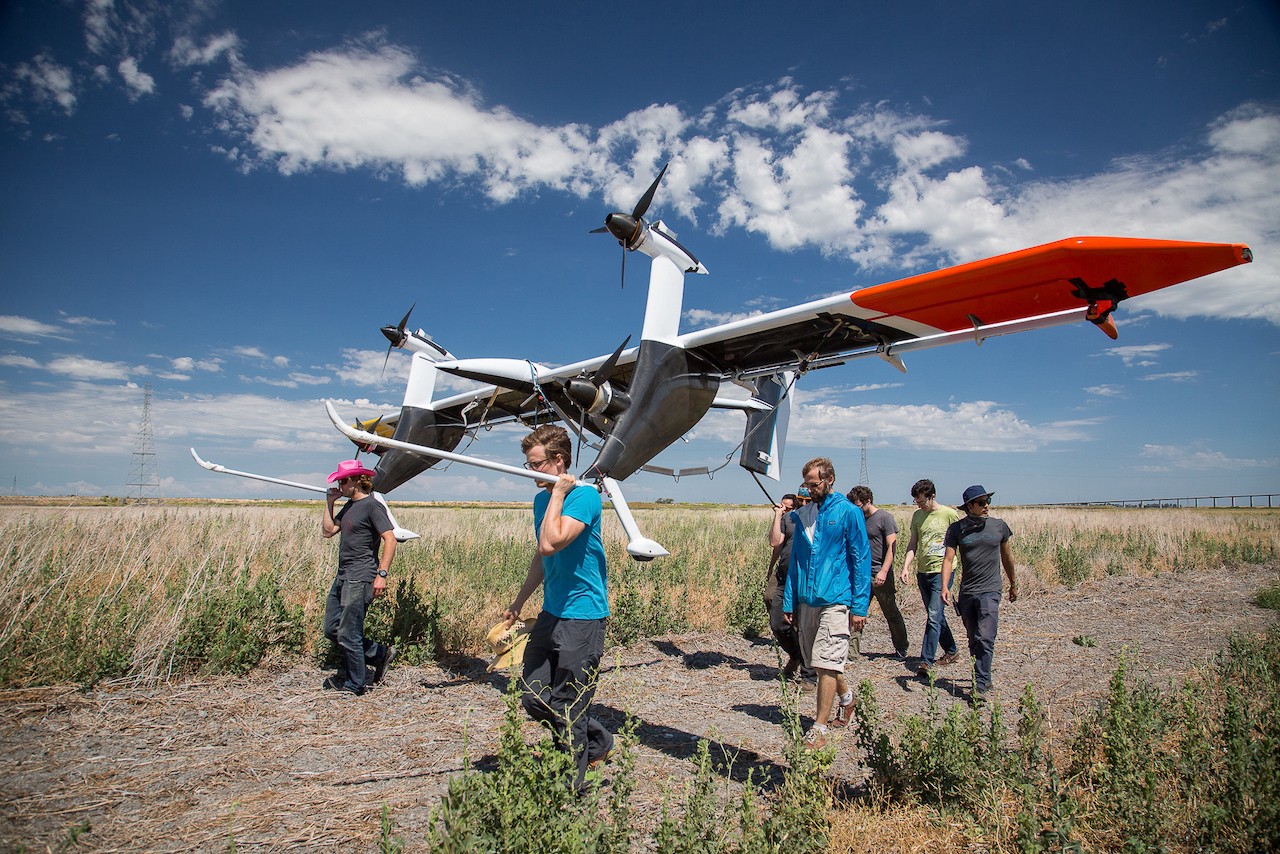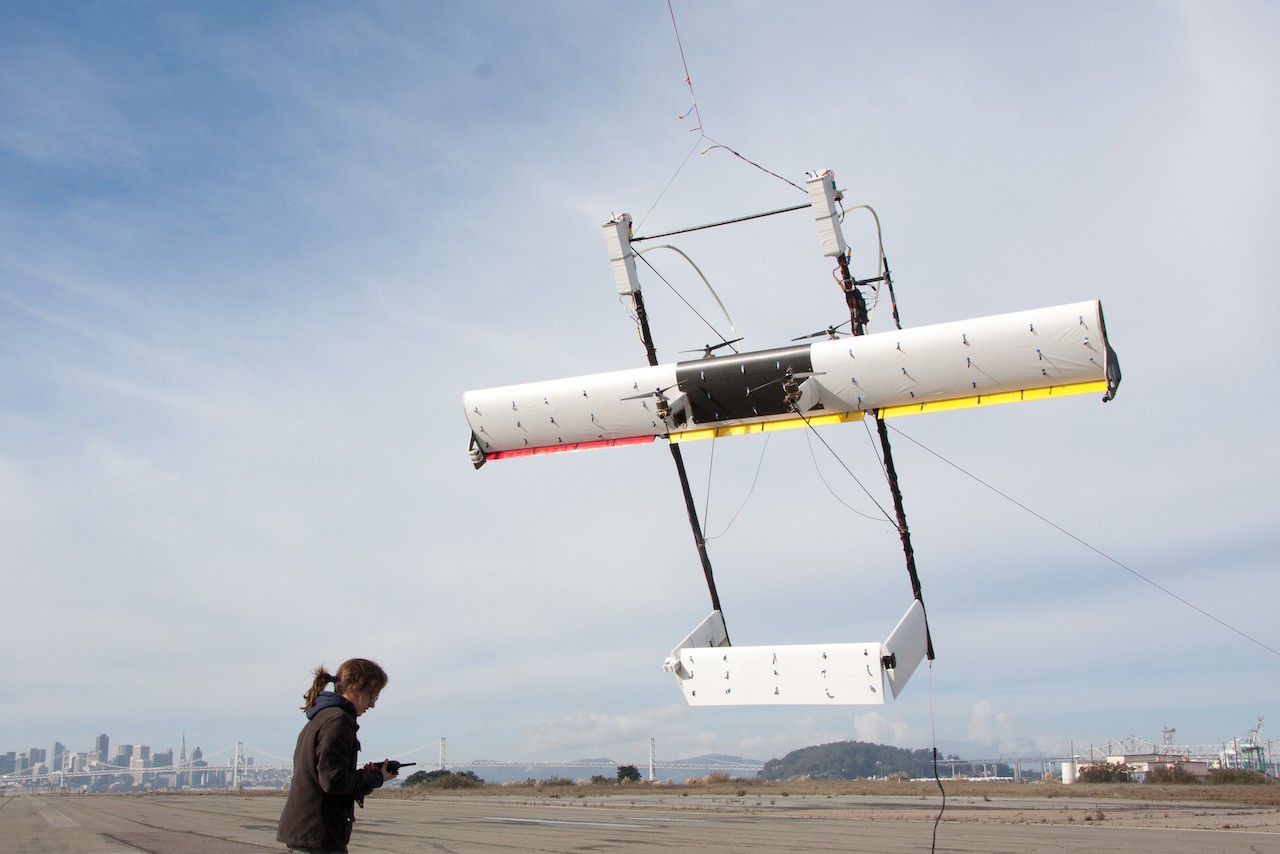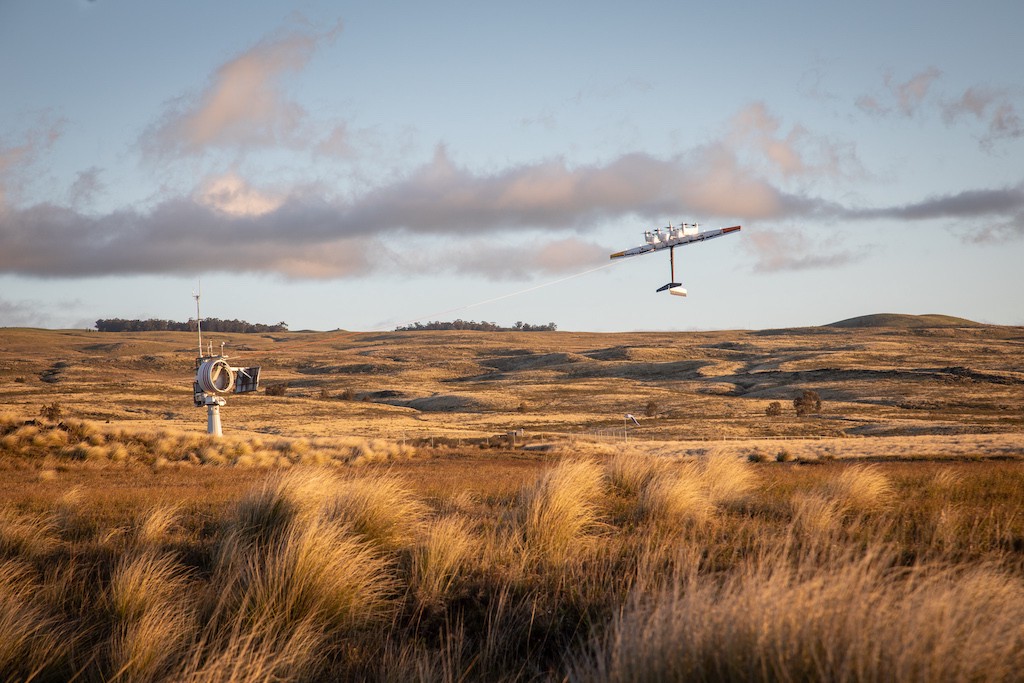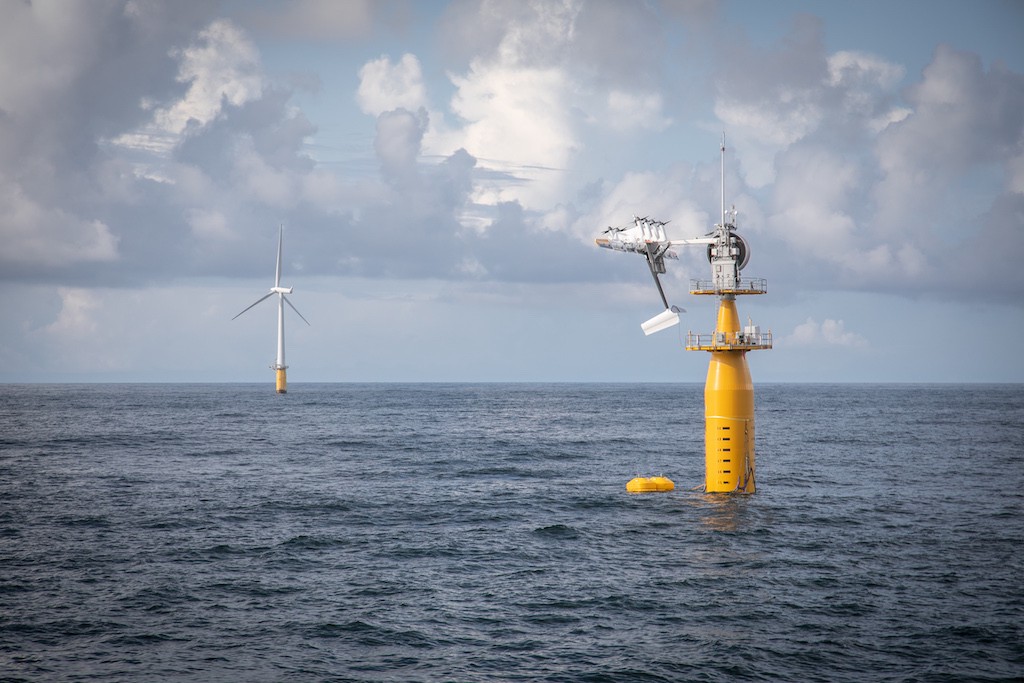Alphabet has announced it’s ending its association with Makani on a project that aimed to use giant kites to unlock wind energy.
Makani started life in California in 2006 before Alphabet (then Google) acquired it in 2013. It was initially part of Google X, the unit that oversees experimental projects, before becoming a stand-alone business within Alphabet in 2019.
The team’s central goal was to find out if high-tech kites could make wind energy cheaper and more accessible, and whether they could replace thousands of pounds of steel with smart software and advanced materials.
A partnership with Shell inked last year appeared to suggest the project was going places, with the team also succeeding in the first demonstration flight of a utility-scale energy kite system from a floating platform off the coast of Norway.
But the effort to turn the venture into a viable business has turned out to be much harder than expected, prompting Alphabet to end its support.
“Despite strong technical progress, the road to commercialization is longer and riskier than hoped, so from today Makani’s time at Alphabet is coming to an end,” Makani CEO Fort Felker wrote in a post
But Felker said that it’s not necessarily the end of the road for all of its efforts, revealing that Shell is “exploring options to continue developing Makani’s technology.”
Energy-generating kites
Makani’s early designs used modified kitesurfing gear before switching to rigid kites in 2009, scaling up through many iterations of balsa, foam, fiberglass, and carbon fiber kites. The most recent build has the wingspan of a small airplane and technology that has the potential to power a few hundred homes with energy harnessed from the wind.
Each kite is tethered to a docking station on the ground as it flies in circles in the air at an altitude of up to 450 meters (1,475 feet). As the wind turns the kite’s propellers, they spin internal turbines to generate power that’s transferred down the tether to the grid.
You can see a demonstration of an early version of the system in a video (below) from a few years back.
It’s certainly a shame to see Alphabet ending its support for the project, but Astro Teller, who leads Alphabet’s X unit and is also chairman of the Makani board, suggested there was little choice, saying in a statement: “While it’s tempting to say that all climate-related ideas deserve investment, remaining clear-eyed and directing resources to the opportunities where we think we can have the greatest impact isn’t just good business; it’s essential when it comes to a problem as urgent as the climate crisis.”






